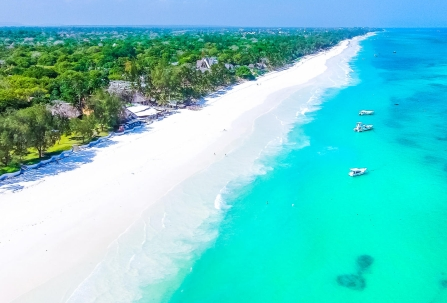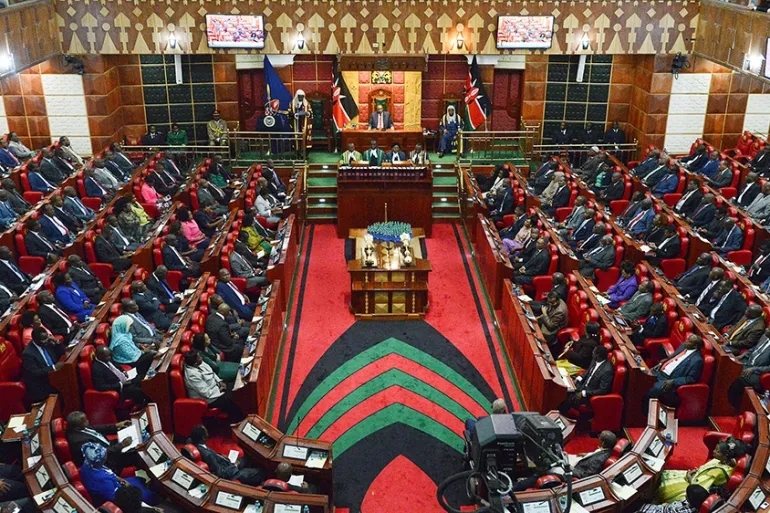

Kenya and Tanzania have stepped up efforts to protect their shared marine resources with the launch of the Kilindini Campaign.
The campaign is a regional initiative promoting Marine Spatial Planning (MSP) as a cornerstone of sustainable ocean governance.
The coastal waters of both countries host some of East Africa’s most biologically rich marine ecosystems.
These waters are vital to the livelihoods of millions through fishing, tourism, and maritime trade.
However, mounting threats—ranging from overfishing and pollution to climate change—have made the coordinated management of these ecosystems more urgent than ever.
“Marine Spatial Planning is a science-based, participatory process that guides where and when human activities occur in the marine environment. It seeks to balance ecological, economic, and social objectives,” said Tendai Mtana, spokesperson and senior adviser for the Kilindini Campaign.
In Kenya, the Kenya Marine Spatial Plan (KMSP), developed under the Kenya Marine Fisheries and Socio-Economic Development (KEMFSED) project, is already taking shape.
It provides a structured framework to manage ocean space among different users—such as fishers, conservationists, and shipping operators—reducing conflict and ensuring long-term environmental sustainability.
Across the border, Tanzania is pursuing parallel efforts, and both countries are increasingly working together.
A major milestone is the proposed Trans-boundary Conservation Area (TBCA), a joint initiative facilitated by the Western Indian Ocean Marine Science Association (WIOMSA). The TBCA is designed to co-manage Marine Protected Areas (MPAs) and preserve biodiversity across national borders.
“Extensive engagement with local stakeholders has helped identify priority zones for cross-border management and empowered communities to take an active role,” said Mtana.
While community-level progress is evident, Mtana acknowledged that regional policy harmonisation has been slower.
To address this, Kenya Wildlife Service (KWS) and Tanzania’s Marine Parks and Reserves Unit (MPRU) have initiated bilateral talks.
These are being supported by the African Union Inter-African Bureau for Animal Resources (AU-IBAR) and the Nairobi Convention, pointing to growing political will for a unified marine strategy.
The Kilindini Campaign, led by Ascending Africa, aims to accelerate this momentum by aligning local efforts with broader MSP frameworks. Its pillars include policy advocacy, stakeholder engagement, and capacity building in both Kenya and Tanzania.
“By aligning our work with MSP frameworks, we are helping ensure that economic activities at sea are balanced with the need to protect ecosystems and the rights of local communities,” Mtana emphasised.
As East Africa looks to expand its blue economy—including fisheries, marine tourism, offshore energy, and maritime trade—the campaign is urging governments to integrate MSP into both national and county-level planning processes.
“The successful implementation of Marine Spatial Planning and initiatives like the Kilindini Campaign requires strong collaboration among governments, communities, civil society, and the private sector,” said Mtana.
“With collective action and political will, we can build a resilient, prosperous, and sustainable blue economy for future generations.”














